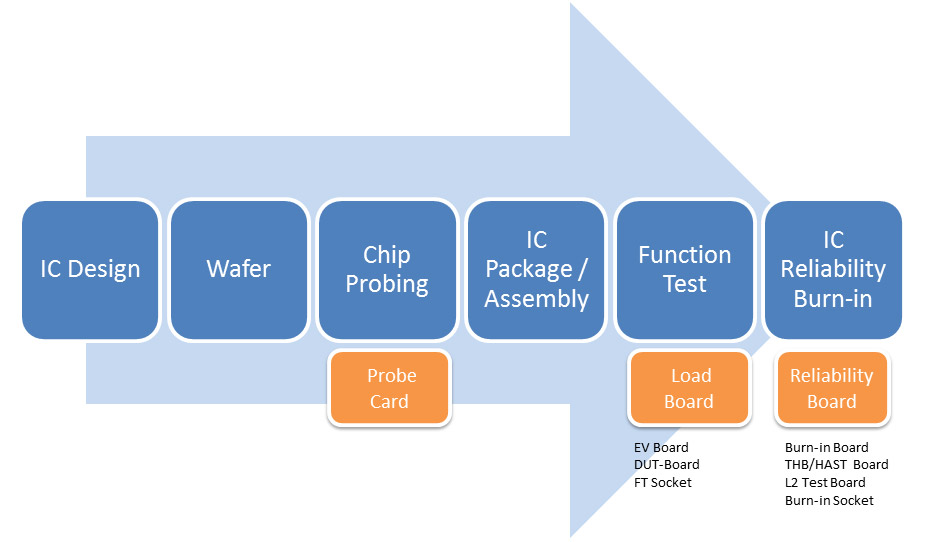Why should we do PCBA test?
PCBA test is an important part of controlling the quality of products in the PCBA process. It is to check whether the PCBA has sufficient reliability to complete the future work. This will directly affect the user’s experience and repair rate in the future. That’s why the PCBA reliability is pretty vital and necessary. General PCBA reliability test is divided into ICT test, FCT test, fatigue test, simulated environmental test, and burn-in test.

How many types of PCBA reliability test?
1. ICT test
The ICT test is mainly for component soldering, circuit continuity, voltage and current values, and fluctuation curves, amplitude, and noise.
2. FCT test
FCT test needs to be programmed by IC program, then connect PCBA board to load, simulate user input and output, perform function detection on PCBA board, find problems in hardware and software, realize software and hardware joint debugging, and ensure front-end manufacturing and welding are normal.
3. Fatigue test
The aging test mainly samples the PCBA board, simulates the high-frequency and long-time operation of the user's function, observes whether the failure occurs, and judges the probability of the test failure, thereby feeding back the working performance of the PCBA board in the electronic product.
4. Simulation environment test
The simulated environmental test mainly exposes the PCBA board to the limit value of temperature, humidity, drop, splash, and vibration, and obtains the test result of the random sample, thereby inferring the reliability of the entire PCBA board batch product.
5. Burn-in test
The aging test is to conduct a long-term power-on test on the PCBA board, simulate the user's use, keep its work and observe whether there is any failure failure. After the aging test, the electronic products can be sold in batches.








